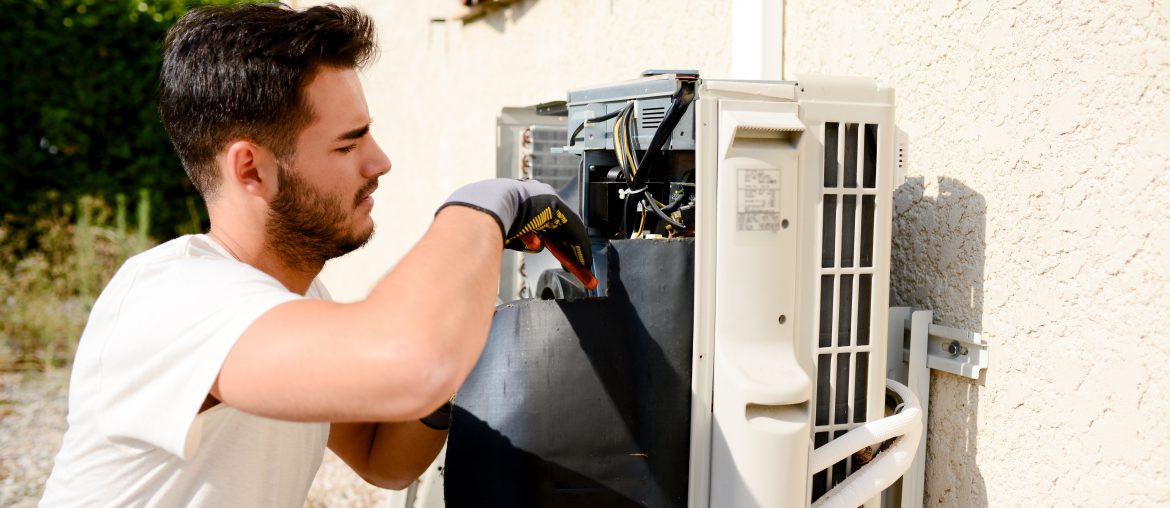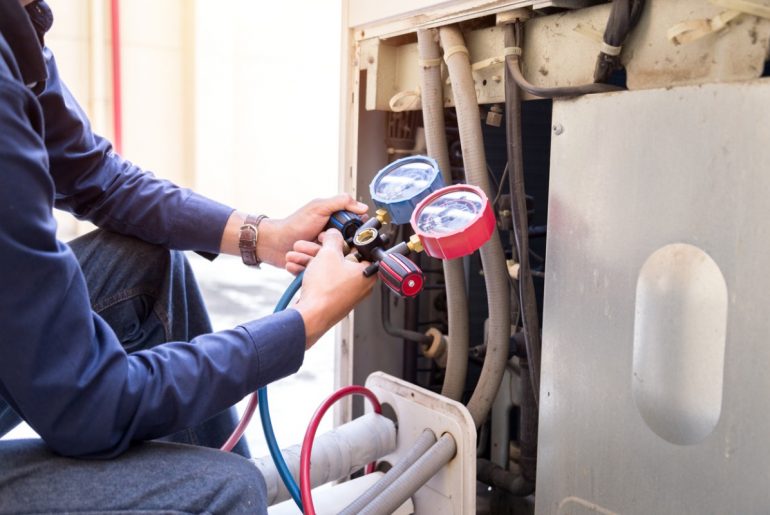What’s better than happy customers? Happy customers who routinely request your service. And while break-fix-repairs and emergency services can be lucrative, maintenance plans provide HVAC businesses with a steady, reliable revenue stream. Here are some best practices to consider and help you properly market your own maintenance plan.
Put the customer first:
Always put the customer first. What exactly is in it for them? Preventative HVAC maintenance plans ensure the customer’s systems are operating at peak performance, giving them peace of mind that their home will be comfortable this season. From newly installed units to decade-old systems, maintenance inspections can identify new and premature mechanical problems that can be avoided, repaired, or addressed before costing your customer even more. This kind of value should never go unaddressed, and is something your back office and comfort advisors should routinely remind your customers of.
Provide transparency:
One common customer objection to enrolling in a maintenance program is the belief that it’s a cash grab. A few misnomers that some customers prescribe to more often than not include; “This is a brand new system, why do I need to already get it serviced?” and “why would I pay for a maintenance plan when I’d be stuck paying for the repair anyhow?” Provide transparency on what is included in your maintenance plan, and why it’s important. Walk the customer through your approach and the method you use to inspect and fine-tune their system. Detail why it’s important to check airflow, indoor and outdoor coils, the capacitor and compressor, and so on. Show value by addressing how these preventative measures can save the customer money in the long run (by virtue of increased efficiency or the avoidance of a large repair). Demonstrating the cause and effect should help justify the customer’s investment in an HVAC service plan.
Include incentives:
Aside from the peace of mind that their system is running in optimal shape, utilize incentives that make your service plans more attractive. For instance, provide priority treatment in case of an emergency by ensuring the customer will be serviced at the top of your list. Offer exclusive promotions and pricing. Even apply a discount on major repairs if issues are discovered during a maintenance visit. Surrounding your service plan with more incentives lessens the blow for some customers, and could be the tipping point in converting more service plans.
Keep customers informed:
Poor communication is a quick way to degrade the customer experience. Nothing is worse than being left in the dark. Proactively communicate with customers to let them know when you will be on-site and how frequently you will service their systems. Let the customer know exactly what services you will be providing while on the job.
Provide detailed work orders and invoices (made easy with a great HVAC software solution) that document exactly what was done to the system and why – understanding that a large majority of your technicians’ work won’t be tangible for your customers to see and understand. In the event that major repairs are discovered, present your customer with multiple options (when available) and walk them through each option with detail. This level of customer engagement helps your HVAC business bridge the gap from offering a “routine” service to become a trusted provider.




